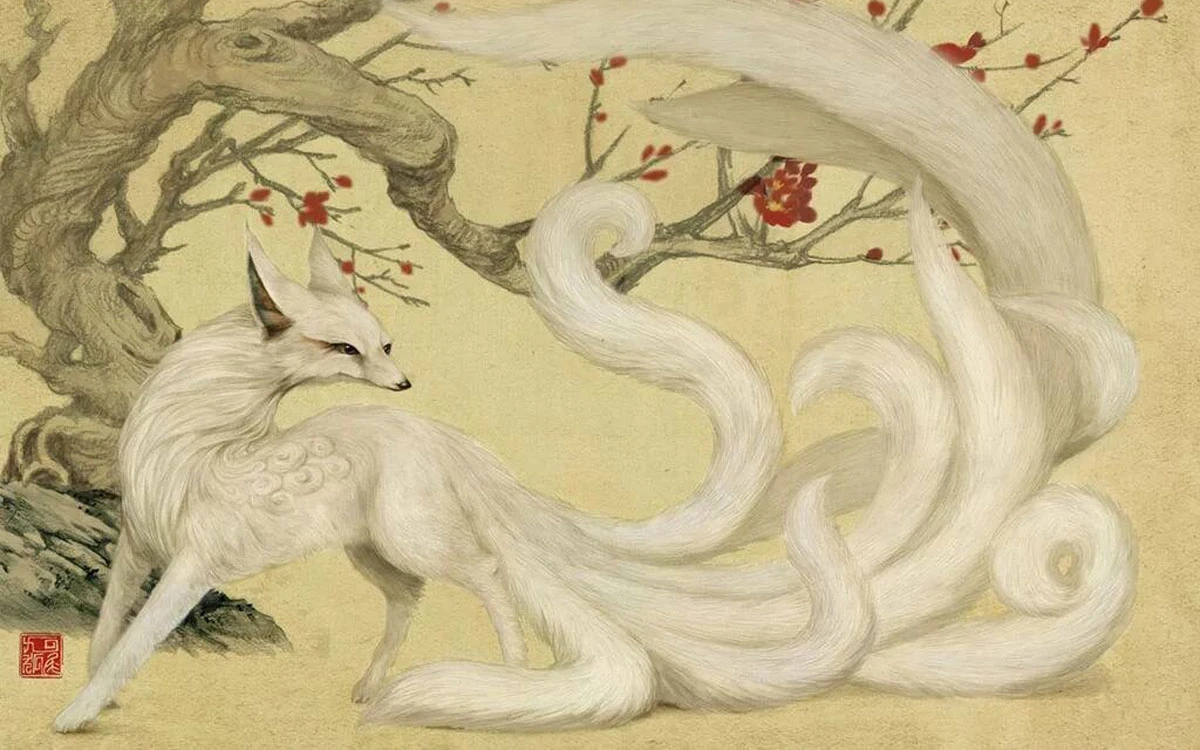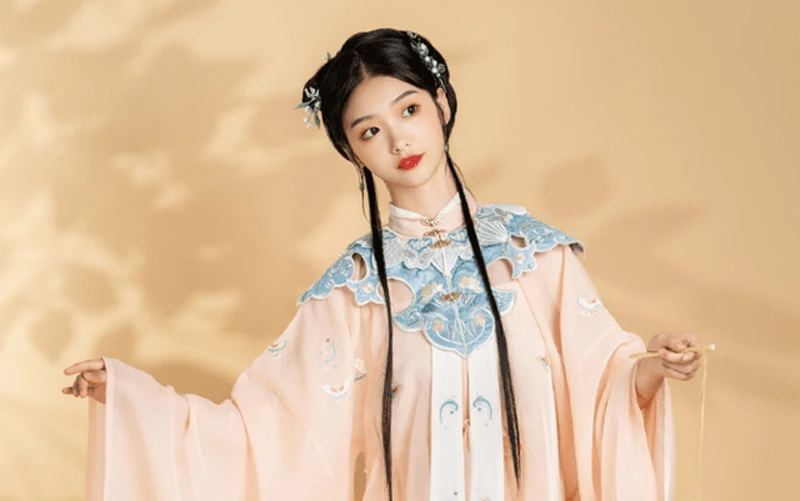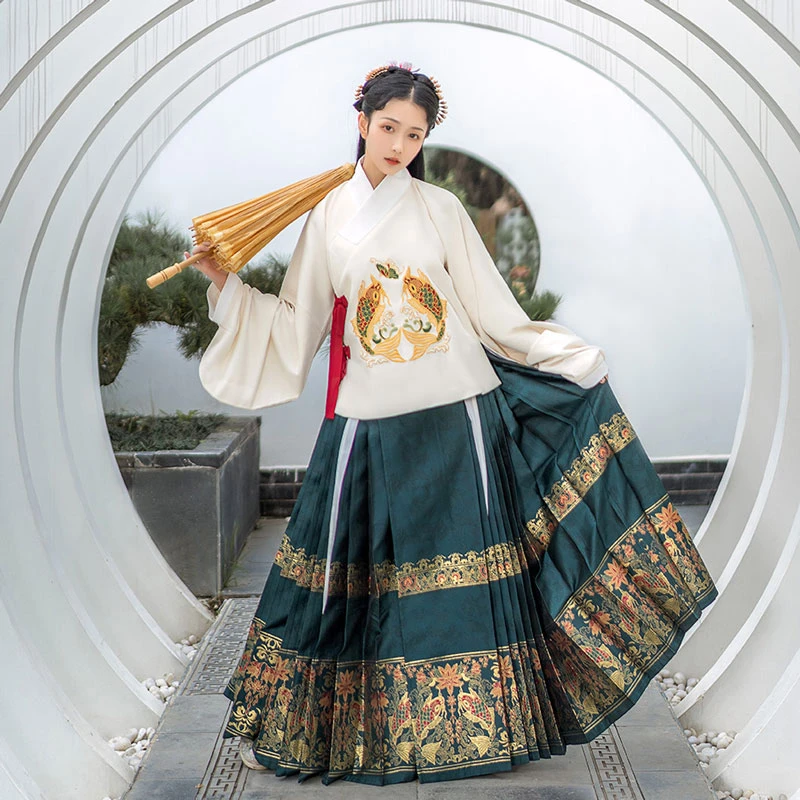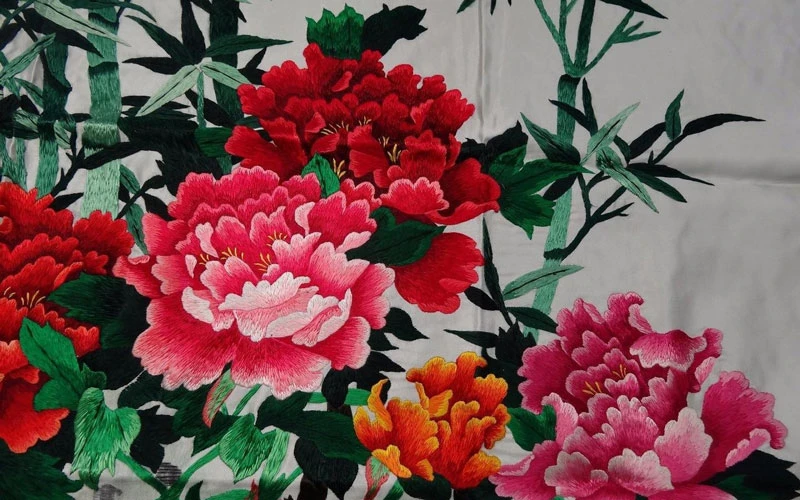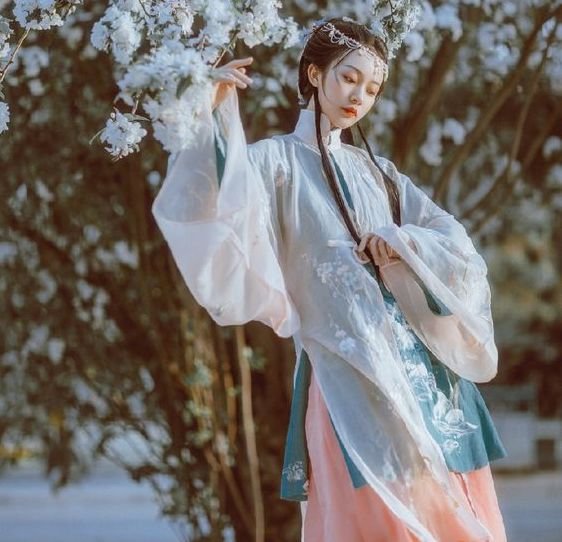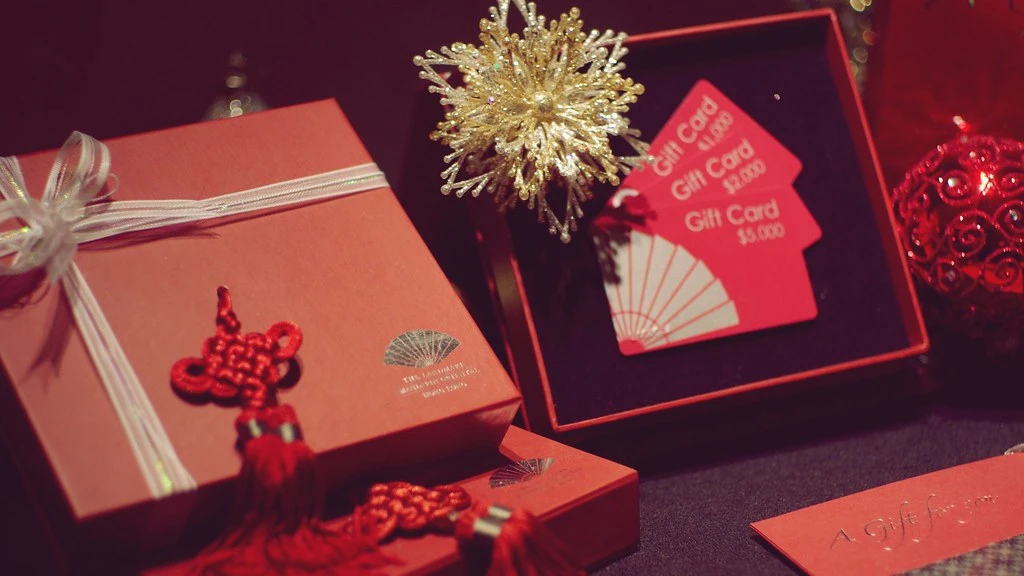-
Chinese Mythology: Differentiating Gods, Immortals, Ghosts, Demons, and Monsters
Gods, ghosts, demons. These are terms we’ve all heard before, of course. When it comes to gods, you might think of the eclectic pantheons of Greek, Norse, or Egyptian tradition, or the capital “G” God of many huge, organized religions; for ghosts, you might think of translucent, ethereal, figures; for demons, horned and fork-tailed monsters. Chinese mythological traditions have these supernatural beings too—but in China, these beings are assigned very different traits and come from very different cultural roots. The problem stems from the fact that the Chinese names of these beings are often translated using English counterparts that already have pre-established, similar meanings (yet terms that are also just different enough that they can cause confusion and misunderstandings). So to those unfamiliar with Chinese mythology or Chinese folkloric tradition, here is a compiled list of the main supernatural beings of Chinese mythology, as well as there etymological roots, their interrelationships, their similarities, and their differences. I hope this will help you prevent accidental conflation of terms and mythologies, and I hope you have fun learning something from the guide below! Gods(神) Let’s start at the very top: Gods, or 神/shen. Chinese folkloric tradition is home to innumerable thousands…- 6.4k
- 2
-
Brief History of Cloud-Shoulder (Yunjian)
Brief history describing the purpose of yunjian, history, and changes overtime between modern period and past.- 2.1k
- 7
-
The Mamianqun: History, Construction, Features
So the Mamianqun, or 馬面裙, or horse-faced skirt, has been blowing up lately especially because of the Dior controversy—here's an in-depth dive into the history, construction, and features of the famous horse-face skirt. A BRIEF HISTORY OF THE MAMIANQUN The mamianqun or horse-faced skirt is a skirt that first originated somewhere close to the Song dynasty worn by high-class courtesans (who were like celebrities and fashion icons tbh) in the form of colorful pleated silk. It’s named this way because of its resemblance to the mamian fortress, which has stairs on either side (like the pleats) and a door in the front and back (like the skirt doors). The ‘doors’ sides of the fortress were known as the *horse faces* or mamian/馬面 because these were the faces of the fortress where the horses would pass through. It became extremely popular in the following Ming dynasty and stayed popular through the Qing dynasty through Manchurian rule—it’s been around for a long, long time! Mamianqun are more convenient for movement and offer a regal, classy aesthetic as well as a very recognizable and unique silhouette. Even Princess Diana wore one once! BASIC CONSTRUCTION OF A MAMIANQUN The Skirt Doors From the…- 11.7k
- 5
-
8 Flowers In Chinese Culture
Different flowers have different but very important meanings in Chinese culture. Here are the basics on what some of the most important and commonly seen flowers mean.- 4k
- 5
-
Recognizing Iconic Hanfu Styles From 6 Key Dynasties
What hanfu styles are from which dynasties? Can you tell what dynasty the cover photo for this article depicts?- 3.9k
- 3
-
Chinese Gift Taboos
Giving gifts is a great way to show appreciation, gratitude, or love, but there are a few things that shouldn’t be given as gifts in chinese culture. Some are due to double meanings, others due to symbolism, but just to make sure you don’t slip up and accidentally give your friend a taboo gift, pay attention to these key gift taboos!
